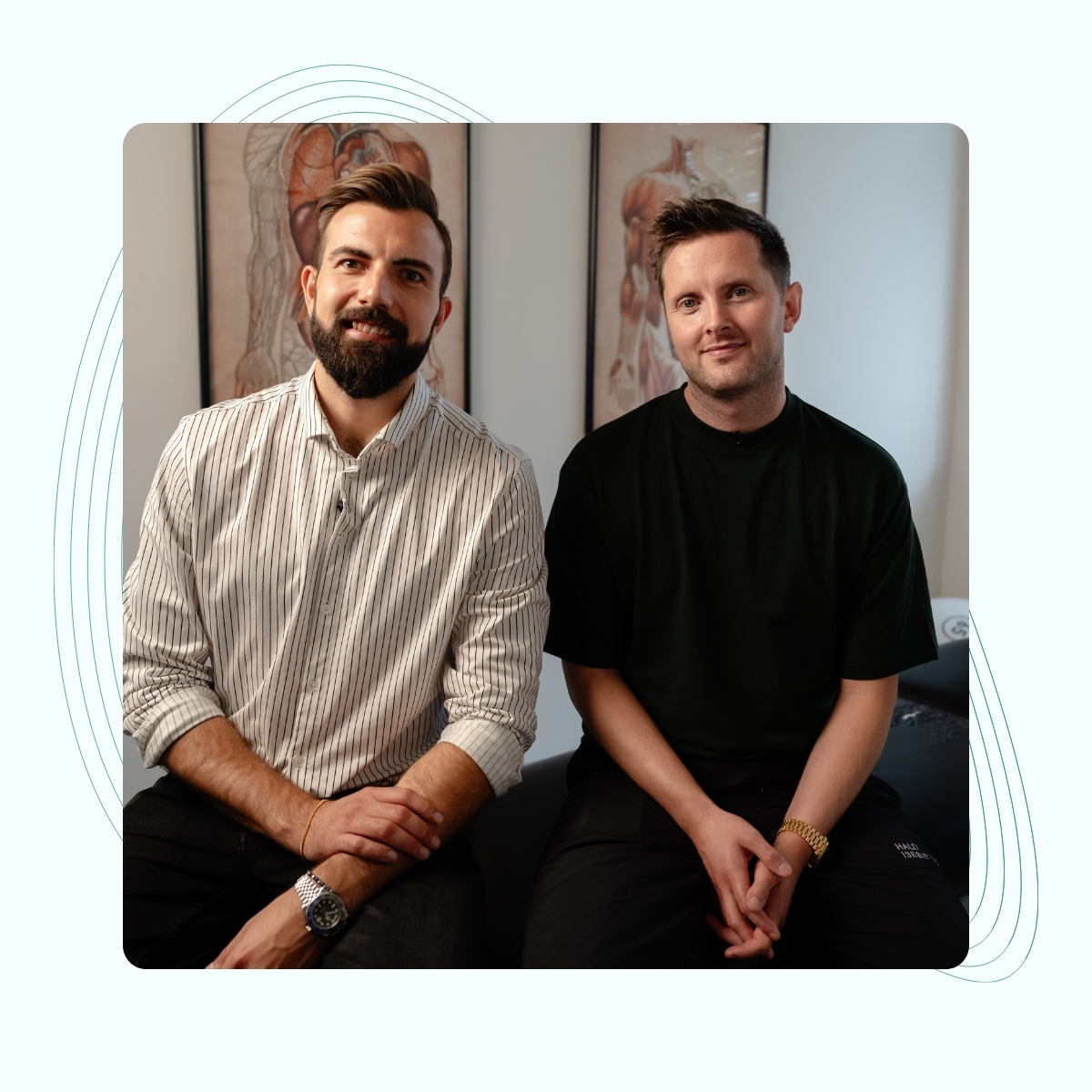Learn more about
Modic Changes
Modic changes
Modic changes represent a degenerative process in the bone marrow of the spine. The areas of the vertebral body that lie adjacent to our cartilaginous discs undergo changes and can be a contributing cause of back pain. Modic changes occur most frequently in the lumbar spine, but they can also occur in other areas such as the cervical vertebrae.
Back pain? Book an appointment today
Back pain – Modic Changes
Jump to section [Vis]
Modic changes and back pain
Up to approximately 80% of adults experience lower back pain at some point in their lives. For many people, episodes of back pain are self-limiting, meaning they go away on their own, but for some people the pain becomes chronic. Lower back pain is rarely the cause of serious illness, and imaging tests such as X-rays or MRI scans are usually not necessary.
If an MRI scan is performed, the scan may show Modic changes as well as other degenerative signs. Information about Modic changes can be used for a broader assessment of the individual patient with back problems and pain.
However, it is important to note that not everyone with Modic changes experiences pain or other symptoms, and the presence of Modic changes does not necessarily mean that it is the cause of the symptoms.
Are Modic changes a diagnosis?
Modic changes can only be seen on MRI scans and are not a diagnosis in themselves, but rather a radiological finding that can be related to various spinal diseases or conditions. The changes can have various causes, which you can read about later in this article.
Modic changes were first systematically analyzed and described by Dr. Michael Modic in 1988, and later the changes were classified into three types depending on the progression of the disease.
(Source: https://onlinelibrary.wiley.com/doi/full/10.1002/jor.25240#jor25240-bib-0003)
Back Pain – Modic Changes

Symptoms of Modic changes
Modic changes may be associated with symptoms, but not always. Some people with Modic changes may experience pain and other symptoms, while others may have changes without experiencing symptoms.
If symptoms occur, the most common are:
- Back pain, most often in the lower back. It can vary in intensity and can be persistent or intermittent.
- Stiffness, which may be especially pronounced in the morning or after a long period of inactivity.
- Increased pain with strain, such as lifting, twisting, or remaining in the same position for a long time.
- Reduced quality of life. Pain and stiffness can lead to limitations and affect daily activities.
Causes of Modic changes
It is not fully understood why some people develop Modic changes, but they are likely caused by various factors that affect the structure and function of the spine. According to research in the field, there are several possible mechanisms that can explain why people develop the changes:
- Age-related wear and tear: The aging process can cause natural wear and tear and degeneration of the spine, especially around the discs located between the individual vertebrae, which can potentially contribute to the development of Modic changes.
- Genetic factors: There are indications that there may be a genetic predisposition to the development of certain spinal problems, including Modic changes.
- Inflammation: Modic changes type 1 in particular are associated with inflammation. This can occur in the bone structure when there is degeneration of the disc.
- Infection: Early studies have raised suspicions that a bacterial infection could contribute to the development of Modic changes, but there is no evidence to treat back pain with antibiotics in patients with Modic changes.
- Spinal trauma and strain: Injuries to the spine, either traumatic injuries from accidents or repetitive strain on the spine from, for example, heavy physical work, poor posture or intense physical activity, can cause micro-damage to the disc and bone tissue. These micro-damages can trigger an inflammatory response and lead to Modic changes.
(Source: https://www.sundhed.dk)

Types of Modic changes
Modic changes are divided into 3 types, which represent different stages or forms of degeneration of the bone tissue around the vertebrae:
Modic changes, type 1:
- Presence of edema (fluid accumulation) in the bone marrow and hypervascularization (increased blood supply) as signs of inflammation..
Modic changes, type 2:
- Fatty deposits that replace the red bone marrow within the vertebral body.
Modic changes, type 3:
- Subchondral bone sclerosis (increased density of the bone under the cartilage).).
Treatment
Treatment depends on the type, severity and duration of back symptoms.
Medical treatment
Painkillers: Paracetamol or NSAIDs (e.g. ibuprofen) to reduce pain and inflammation.
Antibiotics: Early studies have raised suspicions that a bacterial infection could contribute to the development of Modic changes, but there is no evidence to treat back pain with antibiotics in patients with Modic changes.
Physiotherapy
Exercises to strengthen core muscles and improve flexibility.
Manual therapy to improve joint mobility and reduce pain.
Ergonomic adaptations
Improvements in work postures and daily activities to reduce strain on the back.
Recommendations for correct lifting technique and posture.
Surgery
Considered as a last resort when other treatments have not provided relief and there is significant pain or decreased function.

Osteopathy and Modic changes
Osteopathy is a holistic treatment that focuses on the whole body to promote healing and relieve pain.
Osteopaths use a variety of techniques that affect different body systems.
When it comes to treating Modic changes and back pain, osteopathy can help by working with the following five systems:
The musculoskeletal system
Treatment: Osteopaths use techniques such as soft tissue manipulation, joint mobilization, and myofascial release to reduce muscle tension and improve joint mobility.
Effect: This can help relieve pain, improve spinal function, and reduce strain on the affected vertebrae. By improving muscle balance and strength, the back can better support and protect the affected areas.
Visceral system (organs)
Treatment: Osteopaths use visceral manipulation, which are gentle techniques that affect the internal organs and the connective tissue around them.
Effect: Improved function of the internal organs can reduce tension in the area around the spine and promote overall well-being. This can also indirectly affect back pain and discomfort by balancing the body systems.
Neurological system (nerves)
Treatment: Osteopaths work with nerve structures through techniques such as craniosacral therapy and nerve mobilization. These techniques aim to reduce nerve compression and improve nerve function.
Effect: Reducing nerve compression can reduce pain and neurological symptoms that may be associated with Modic changes. Improved nerve function can also help with better muscle function and coordination.
Blood circulation
Treatment: Osteopaths use techniques to improve blood flow, such as soft tissue manipulation and myofascial release.
Effect: Improved blood circulation can promote healing by increasing the supply of oxygen and nutrients to the affected areas. This can help reduce inflammation and promote tissue regeneration, which can help relieve symptoms.
Heart and chest mobility and movement
Treatment: Osteopaths focus on improving the mobility and range of motion of the chest (thorax) and diaphragm. This includes techniques such as thoracic manipulation and chest stretching exercises, as well as specific exercises to improve diaphragm function.
Effect: Improved mobility in the thorax and diaphragm can help increase fluid circulation in the body. When the thorax and diaphragm move freely, they can better support heart function and the overall movement of fluids in the body. This is important because the heart pumps blood throughout the body, and a well-functioning diaphragm helps maintain pressure conditions that promote efficient blood and lymph circulation.
By ensuring that the rib cage and diaphragm move optimally, osteopaths can help reduce swelling and inflammation, as well as support the body’s natural healing processes. This improved fluid movement can also help remove waste products from the affected areas and bring oxygen and nutrients needed for tissue repair and pain relief.
Stress and allostatic load in relation to healing
Stress and allostatic load negatively affect the nervous system’s ability to support the body’s healing processes. Osteopaths work to reduce stress and improve the body’s balance through techniques such as soft tissue manipulation, craniosacral therapy, and breathing exercises. These methods help regulate stress hormones, improve blood circulation, and promote relaxation, creating better conditions for healing and pain relief.
Mobility Exercise of the Lower Back

Good advice
Focus on lifestyle changes
Healthy diet, weight control, and regular exercise to support overall spine health.
Seek Professional Guidance
Doctor’s visit: Get an accurate diagnosis and treatment plan from a doctor.
Osteopath: Regular sessions can help relieve pain and improve mobility through manual therapy and exercises.

Often related problems
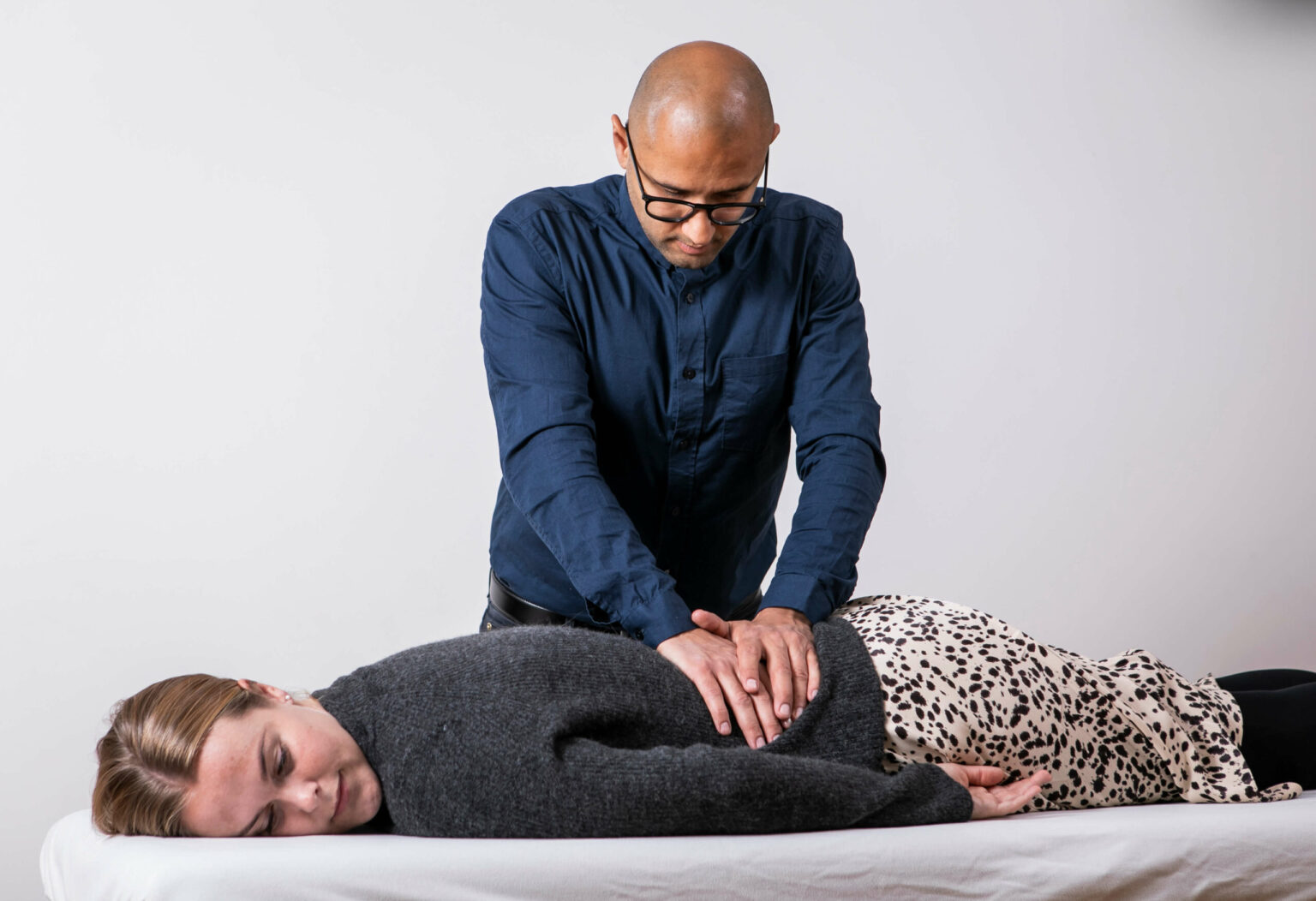
Spinal stenosis
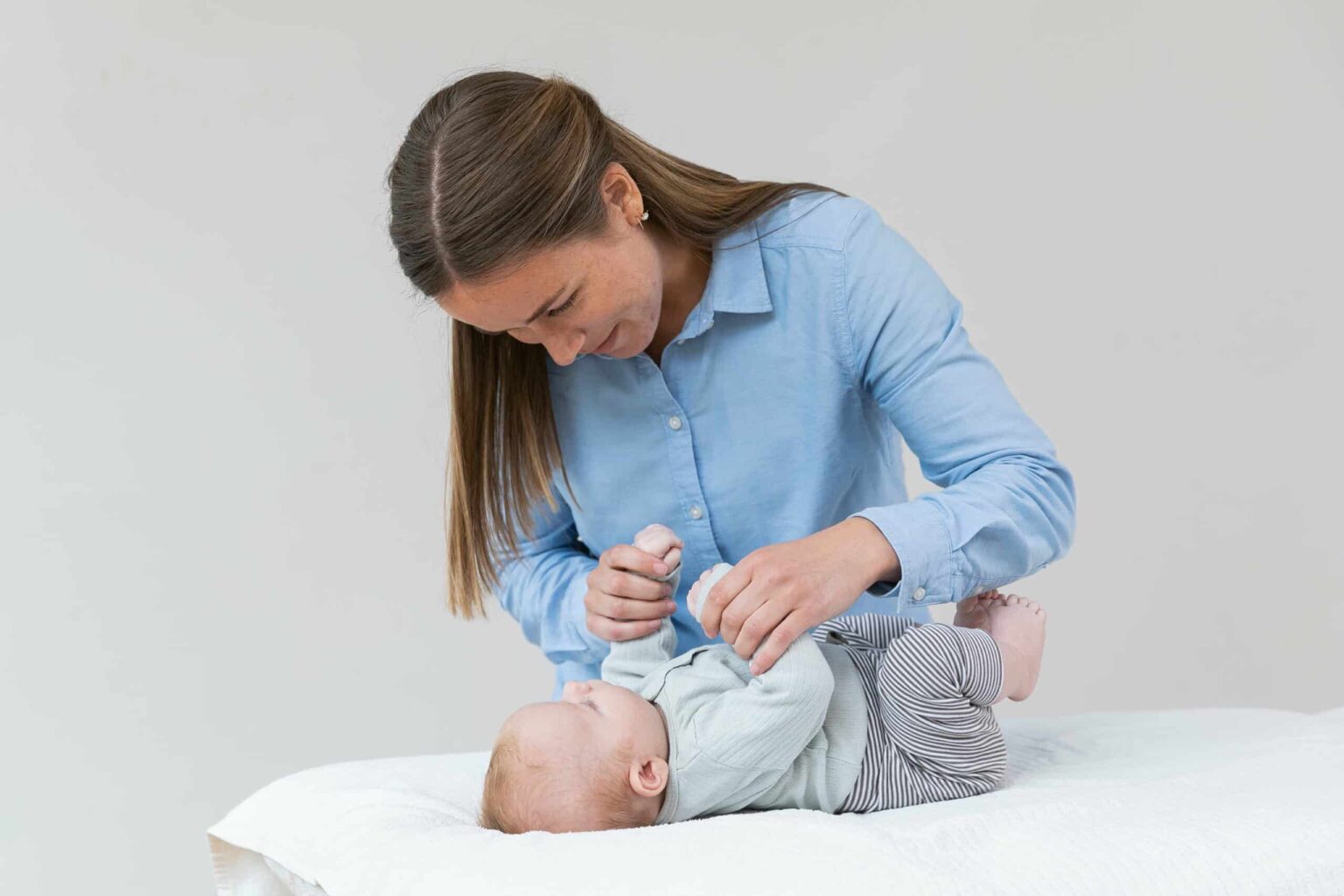
Hypermobility in babies and children
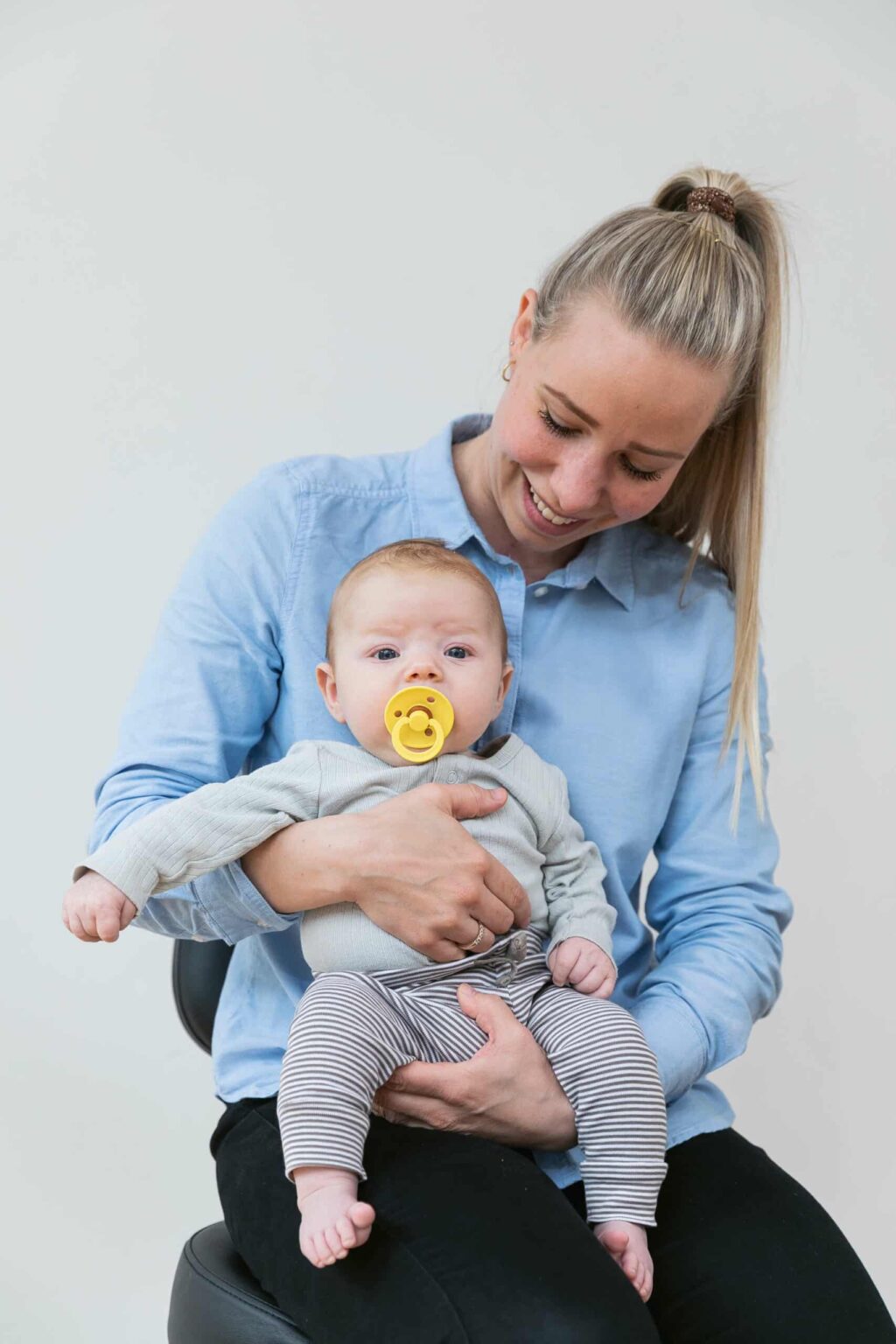
Muscle tension or imbalances in babies and children
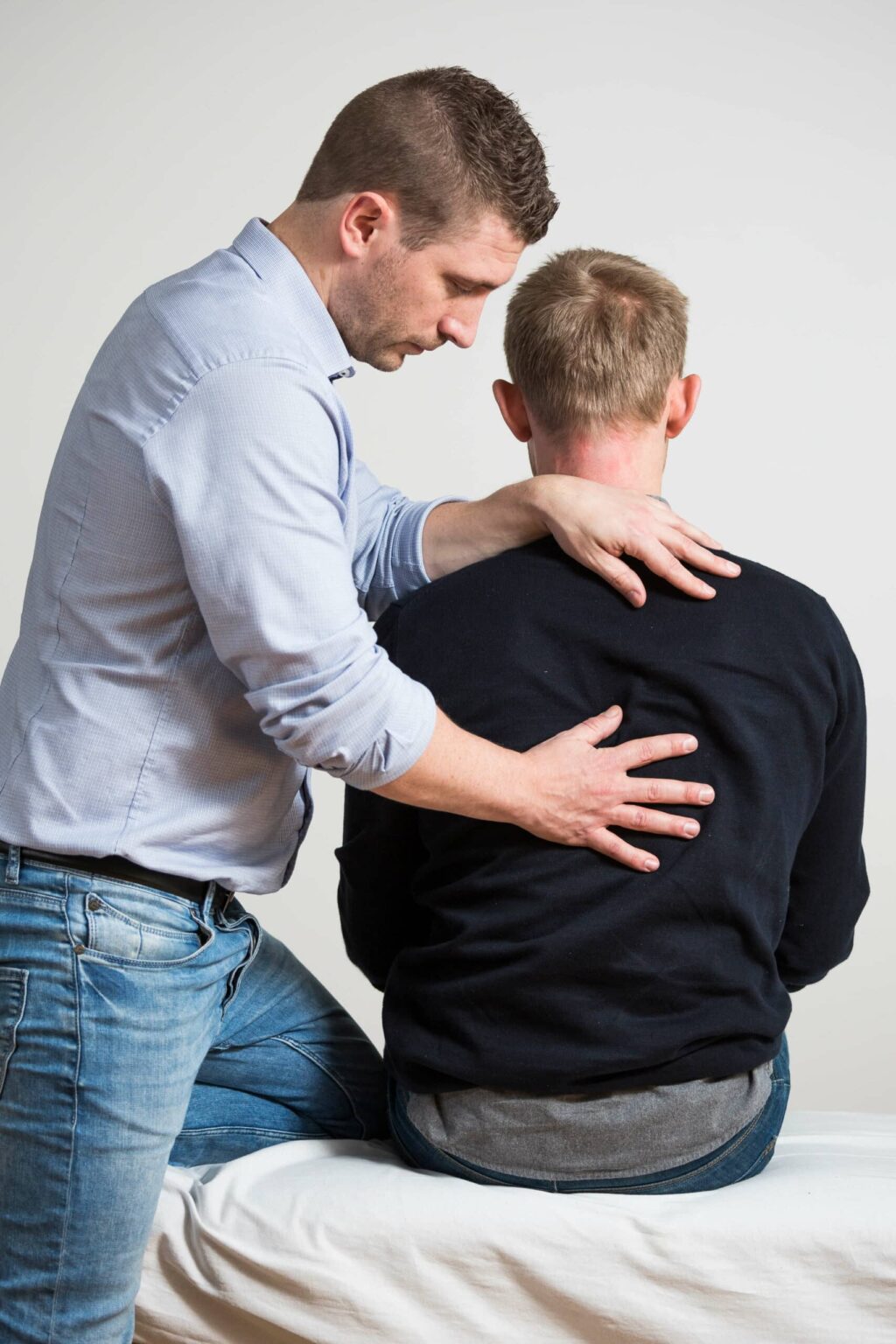
Modic Changes
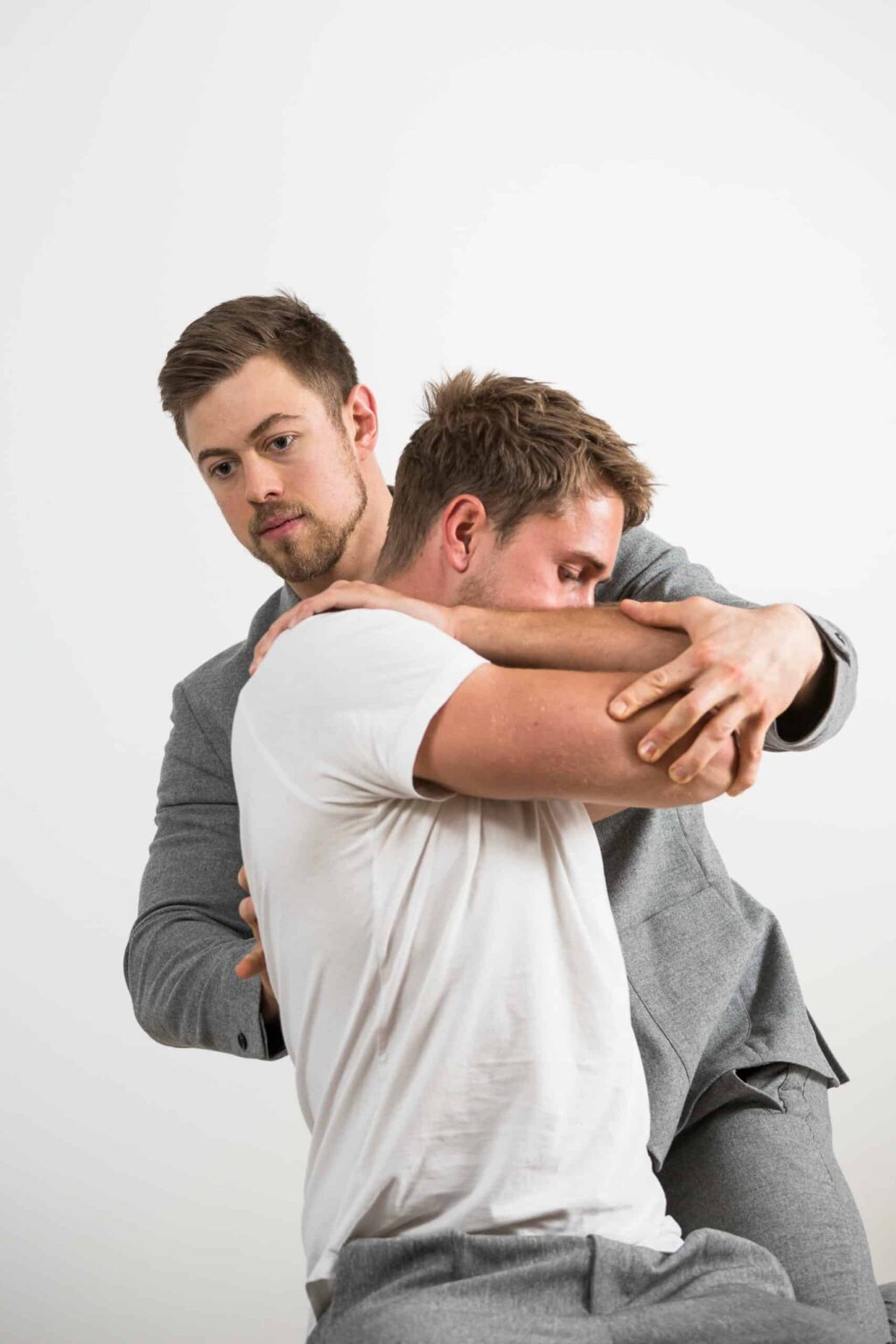
Disc herniation
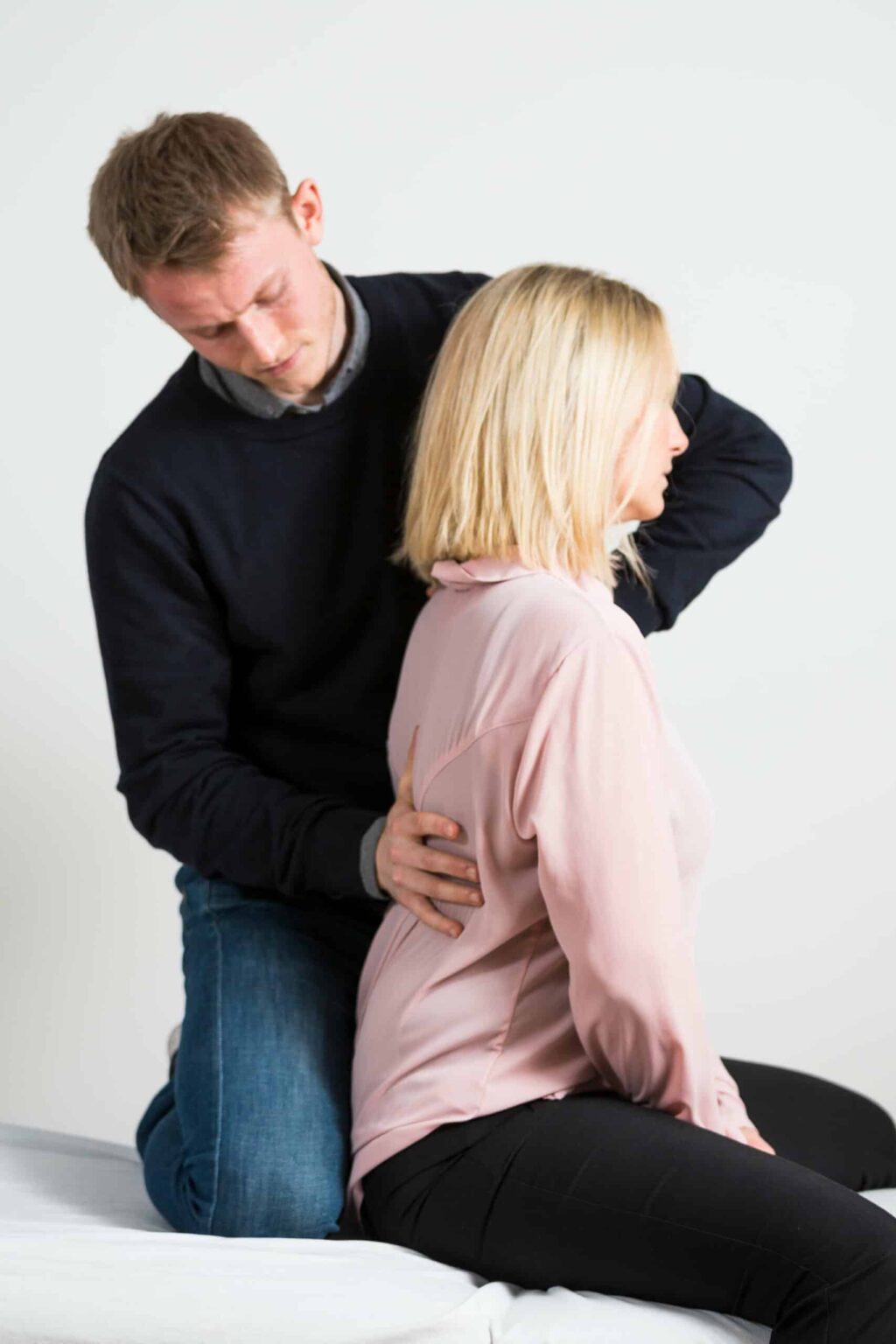
Spinal arthritis
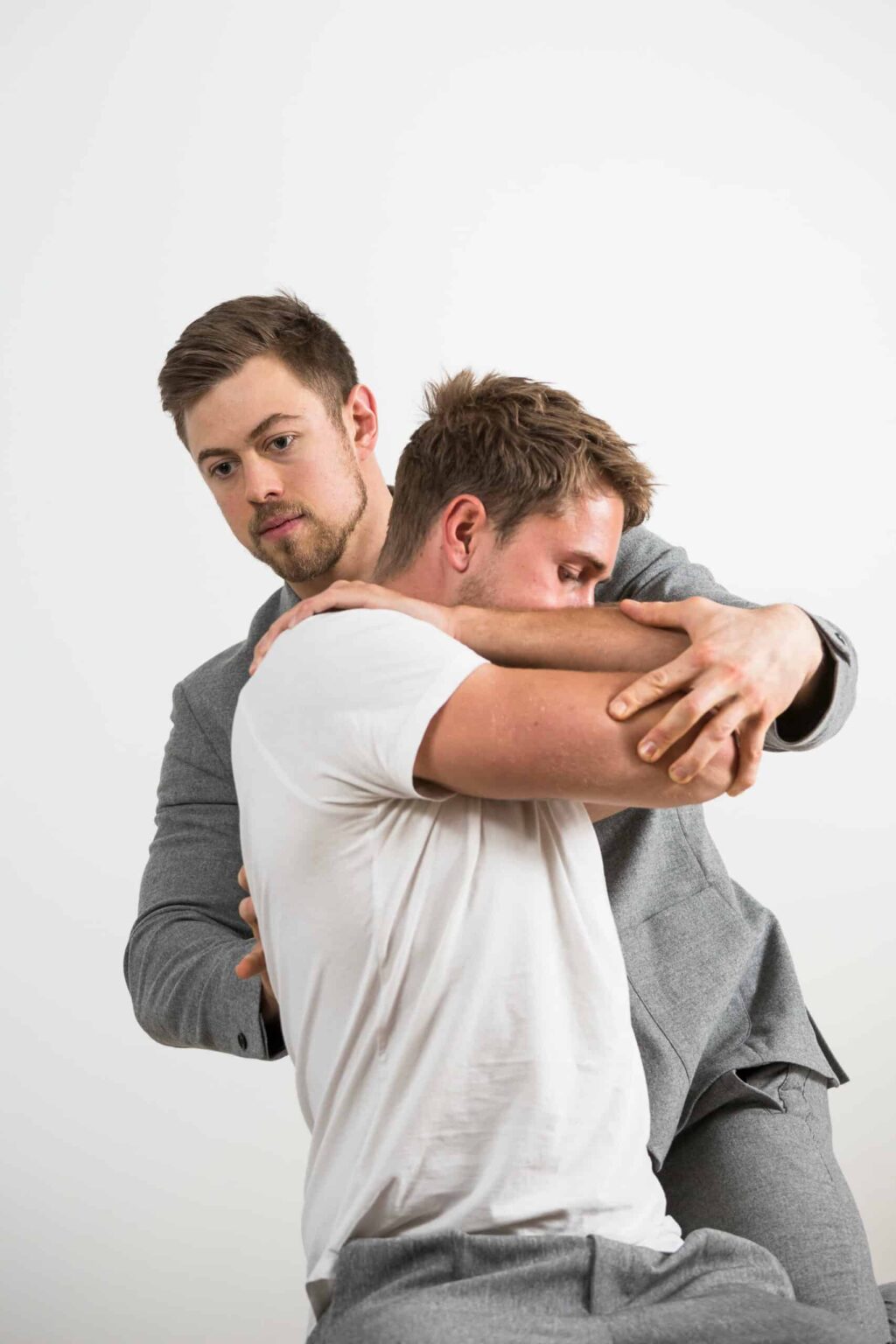
Winged scapula

